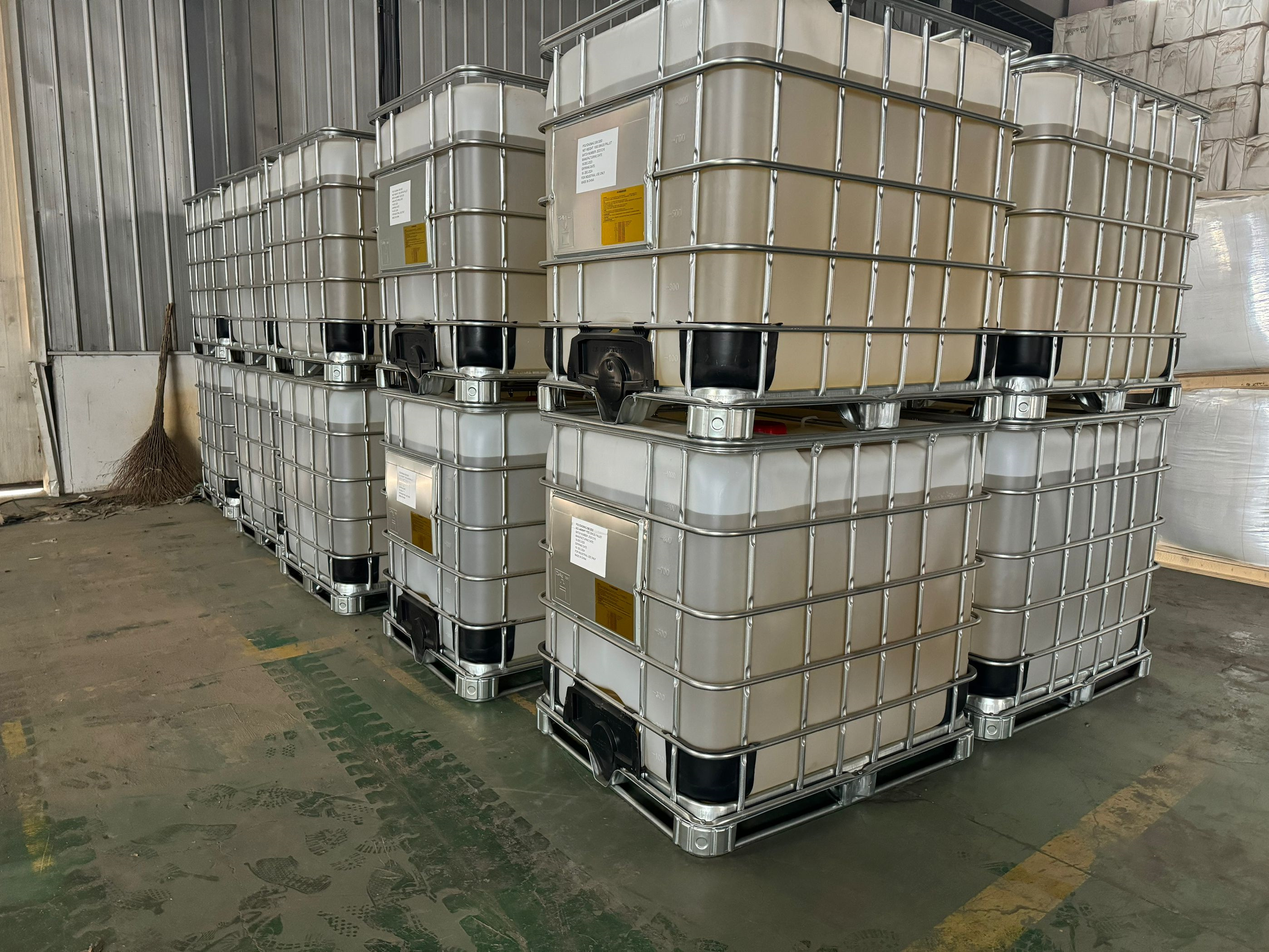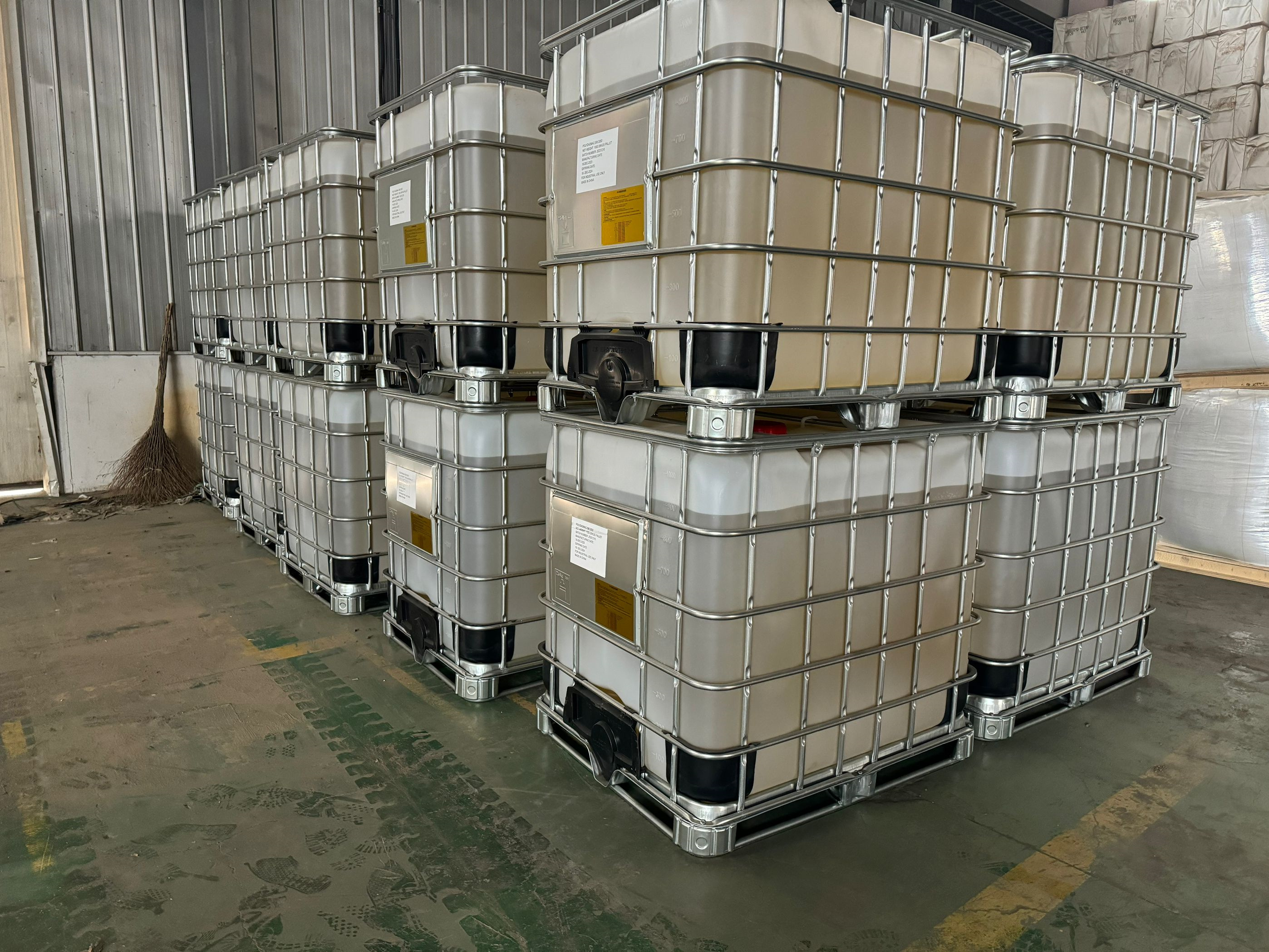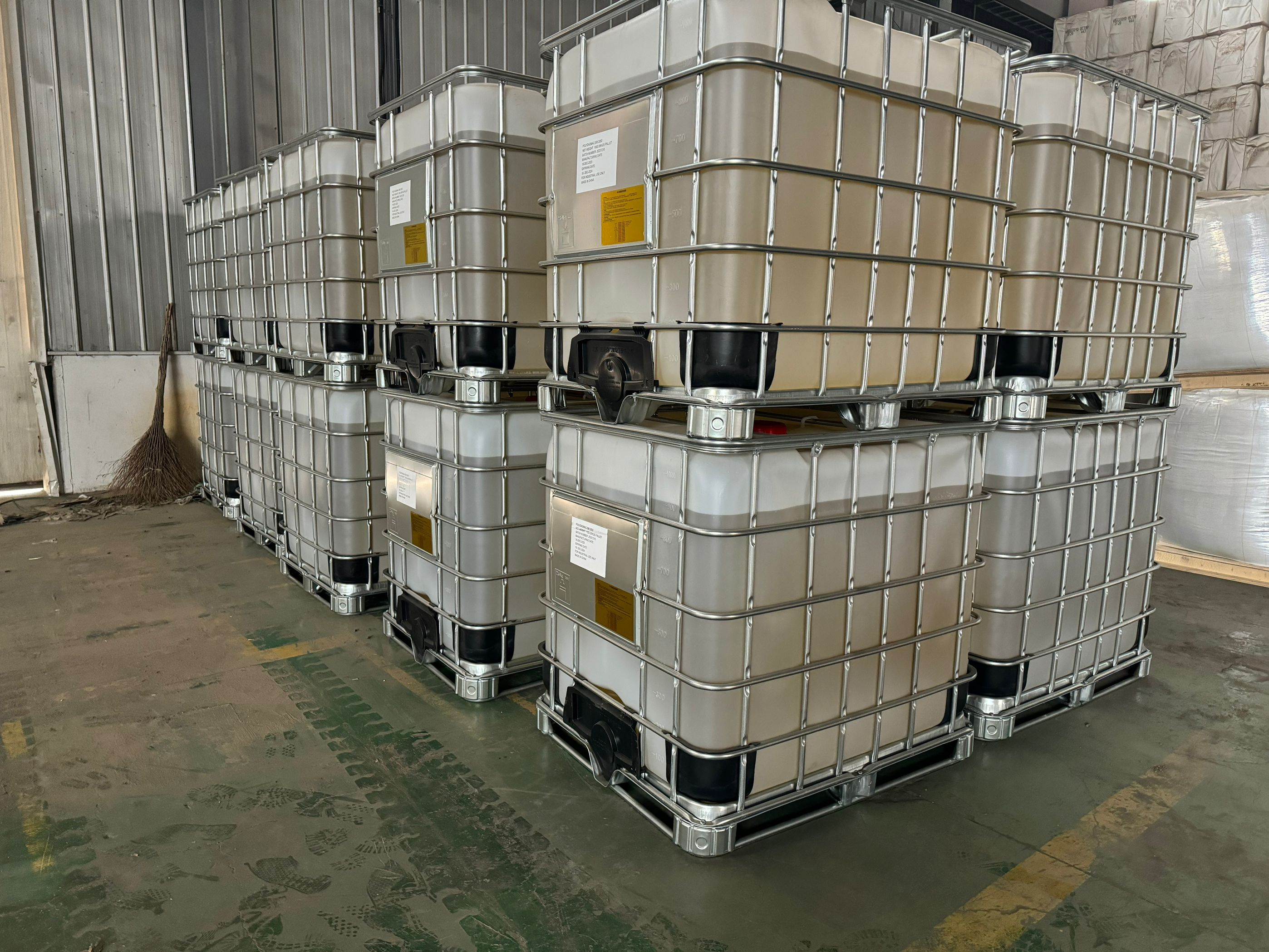polyamine(magnafloc LTP-series) for sludge dewatering can be replaced by asiafloc
Polyamines are a class of organic compounds that contain two or more amino groups (-NH₂) within their molecular structure. These compounds play an important role in various chemical, biological, and industrial processes due to their ability to interact with negatively charged particles. Polyamines can be derived from natural sources or synthesized, and they are used in a wide range of applications across multiple industries. Below is a detailed discussion of the main applications of polyamine, with a focus on their use in water treatment, papermaking, oilfields, and other industrial applications.
1. Water Treatment
Polyamines are widely used in water and wastewater treatment due to their flocculating, coagulating, and antimicrobial properties. The positive charge of polyamine molecules allows them to effectively interact with negatively charged particles, suspended solids, and microorganisms, facilitating their removal from water.
a. Municipal Wastewater Treatment
In municipal wastewater treatment plants, polyamines are used as coagulants and flocculants to remove suspended solids, organic matter, and pathogens. By neutralizing the negative charges of these contaminants, polyamines help to aggregate them into larger flocs, which can then be removed through sedimentation or filtration. Polyamines are especially effective in treating wastewater with high turbidity, such as water with fine organic particles, colloidal matter, and bacteria.
b. Industrial Wastewater Treatment
Polyamines are employed in the treatment of wastewater from various industries, including textiles, food processing, paper manufacturing, and petrochemicals. These industries generate wastewater containing a variety of pollutants, including dyes, oils, chemicals, and suspended solids. Polyamines are used to coagulate and flocculate these contaminants, facilitating their removal and ensuring that the treated water meets regulatory discharge standards.
c. Drinking Water Purification
Polyamines are also used in drinking water purification, where they help to remove particulate matter, bacteria, and organic compounds that can affect water quality. In this application, polyamines assist in clarifying the water, making it safe for consumption by aggregating and removing contaminants.
d. Sludge Treatment and Dewatering
Polyamines are used in the dewatering of sludge generated during water and wastewater treatment processes. By improving the aggregation of solids, polyamines enhance the formation of larger, denser flocs, which makes it easier to remove water and reduce the volume of sludge. This process is crucial in minimizing disposal costs and improving the efficiency of wastewater treatment plants.
2. Papermaking Industry
Polyamines are extensively used in the paper industry for various applications related to paper manufacturing, wastewater treatment, and improving paper quality. These applications include enhancing retention, drainage, and strength of paper, as well as treating effluent generated during the papermaking process.
a. Paper Retention and Formation
In the papermaking process, polyamines are used as retention aids to improve the retention of fine particles, fibers, and fillers in the paper slurry. By interacting with negatively charged fibers, polyamines help to aggregate these materials, which results in less fiber loss and a more efficient production process. This improves the yield of paper and helps in achieving higher-quality products with fewer raw materials.
b. Paper Strength Enhancement
Polyamines are used as strength additives in the production of paper, particularly in enhancing the wet and dry strength of paper products. By acting as a bonding agent between fibers, polyamines improve the overall strength and durability of the paper. This is especially useful for manufacturing packaging paper, corrugated board, and other products that require superior strength.
c. Wastewater Treatment in Papermills
Papermaking generates large amounts of wastewater containing suspended solids, oils, chemicals, and residual fiber. Polyamines are employed to treat this wastewater by coagulating and flocculating these contaminants, allowing them to be removed via sedimentation or filtration. This ensures that the effluent meets environmental standards before being discharged into water bodies or reused in the process.
d. Sludge Management and Dewatering
Polyamines also help in the dewatering and disposal of sludge generated during the papermaking process. By improving the aggregation of solids, they facilitate the removal of excess water, reducing the volume of sludge. This not only reduces disposal costs but also contributes to more sustainable waste management practices in the paper industry.
3. Oil and Gas Industry
Polyamines find significant applications in the oil and gas industry, particularly in drilling fluids, oil recovery processes, and wastewater treatment. Their ability to flocculate particles and interact with negatively charged substances makes them valuable in these processes.
a. Drilling Fluids
Polyamines are used in drilling muds to improve the performance of drilling fluids. In particular, they enhance the stability of the drilling fluid, increase its viscosity, and help suspend cuttings in the fluid. This improves the efficiency of drilling operations and prevents clogging of the drilling equipment. Polyamines also reduce the risk of mud cake formation, which can hinder the drilling process.
b. Enhanced Oil Recovery (EOR)
In enhanced oil recovery (EOR) methods, polyamines are used in polymer flooding, a technique that involves injecting water or chemicals into oil reservoirs to increase oil recovery. Polyamines, by increasing the viscosity of the injected fluid, help improve the sweep efficiency of water flooding, ensuring better displacement of oil and a higher recovery rate. This helps maximize the extraction of crude oil from reservoirs that would otherwise be difficult to access using conventional methods.
c. Oilfield Wastewater Treatment
Polyamines are employed to treat wastewater produced during oil and gas extraction, which may contain emulsified oils, suspended solids, and other contaminants. Polyamines aid in the coagulation and flocculation of these substances, making it easier to separate and remove them from the water. This ensures that the produced water meets environmental discharge requirements and can be safely reused in the extraction process or discharged into the environment.
d. Corrosion Inhibition
Polyamines are also used as corrosion inhibitors in the oil and gas industry. By forming protective layers on metal surfaces, polyamines help to reduce corrosion caused by exposure to corrosive substances, such as water and acidic gases. This helps prolong the life of equipment and pipelines, reducing maintenance costs and improving operational efficiency.
4. Textile Industry
Polyamines are used in the textile industry for several applications related to dyeing, finishing, and wastewater treatment. Their ability to interact with textile fibers and dyes makes them valuable in improving the quality of fabric and the efficiency of textile manufacturing processes.
a. Dyeing and Finishing
Polyamines are used as mordants or fixatives in the dyeing process. Their cationic charge helps to bind negatively charged dye molecules to the fabric, ensuring better color retention and uniformity. This results in improved colorfastness and greater consistency in the final product. Polyamines are especially effective in dyeing fabrics made from natural fibers such as cotton, wool, and silk.
b. Textile Wastewater Treatment
Textile manufacturing processes, particularly dyeing and finishing, generate large quantities of wastewater containing dyes, chemicals, and suspended solids. Polyamines are used in the treatment of this wastewater to coagulate and flocculate these contaminants, making them easier to remove through sedimentation or filtration. This helps reduce the environmental impact of textile production and ensures that the wastewater meets regulatory discharge standards.
5. Agriculture and Horticulture
Polyamines have several applications in agriculture and horticulture, particularly in improving soil quality, enhancing plant growth, and protecting crops from disease.
a. Soil Conditioning
Polyamines are used as soil conditioners, particularly in agricultural settings where soil quality is poor. They help improve the structure of the soil by binding particles together, which enhances soil aeration, water retention, and nutrient availability. This improves plant growth and increases crop yield.
b. Plant Growth Enhancement
Polyamines are also involved in plant growth regulation. They play a role in cell division, elongation, and differentiation, which affects the overall growth and development of plants. Polyamines are sometimes applied as growth promoters to increase crop productivity, particularly in high-stress environments such as drought-prone areas.
c. Pest and Disease Control
In agriculture, polyamines have been found to exhibit some antimicrobial properties, making them useful in controlling plant diseases caused by bacteria and fungi. By disrupting the cell membranes of pathogens, polyamines can reduce the spread of diseases and improve the health of crops.
6. Cosmetics and Personal Care Products
Polyamines are used in the cosmetics and personal care industry for their conditioning, emulsifying, and stabilizing properties. They are found in a variety of products such as shampoos, conditioners, creams, and lotions.






